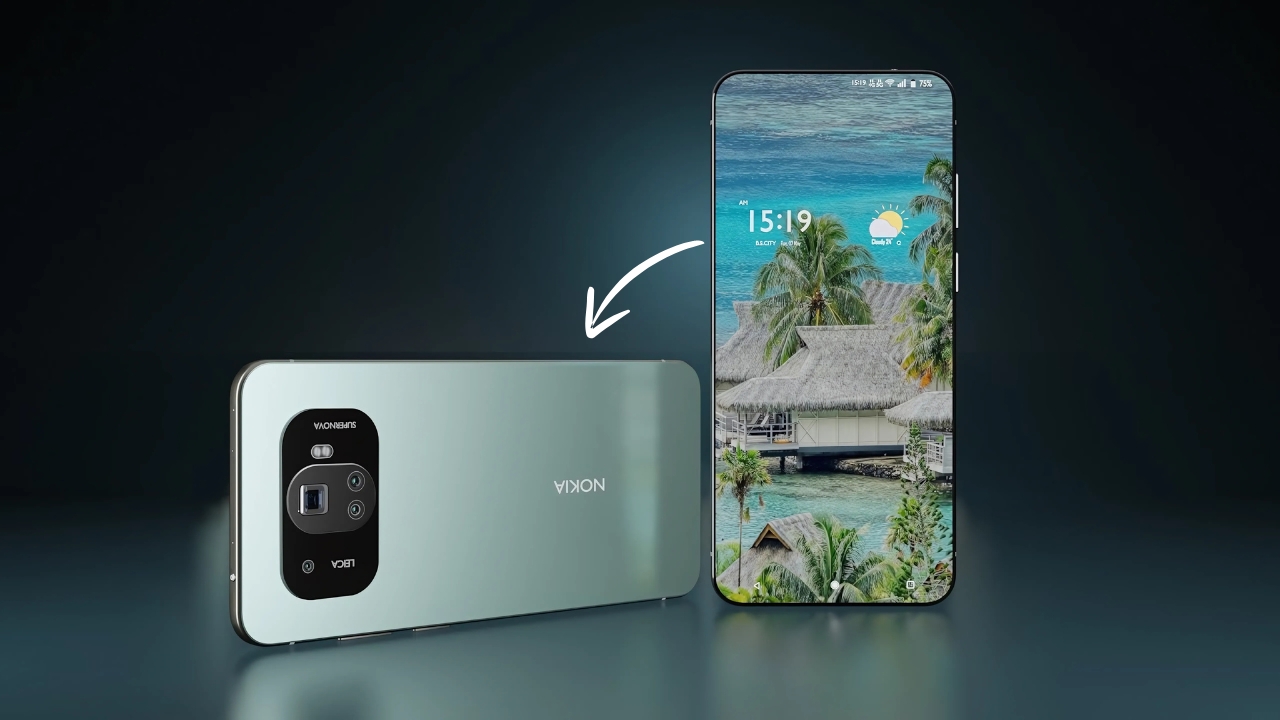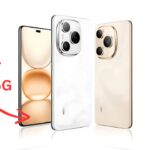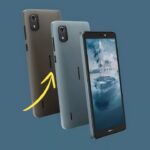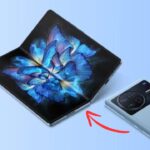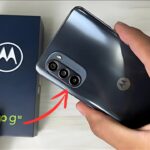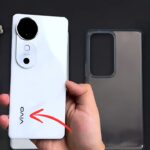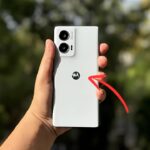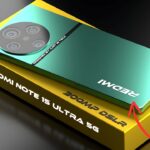Nokia Supernova 5G : The smartphone landscape continues to evolve rapidly, with 5G technology becoming increasingly mainstream.
Nokia, a brand with deep roots in mobile communications history, represents interesting potential in the premium smartphone segment with advanced features that could compete with current market leaders.
Design Heritage Meets Modern Innovation
A modern Nokia flagship would likely draw inspiration from the brand’s design legacy while embracing contemporary aesthetics.
The build quality that made Nokia phones legendary could translate into premium materials like aerospace-grade aluminum frames and ceramic or glass backs.
The attention to durability that defined classic Nokia devices would manifest through modern protection standards and robust construction.
The design language might emphasize clean Scandinavian minimalism, with subtle curves and purposeful lines.
Color options could range from classic Nordic blues and whites to bold contemporary finishes. The overall aesthetic would balance sophistication with the practical durability Nokia users historically valued.
Display Technology and Visual Experience
A competitive Nokia smartphone would require display technology matching current flagships. This would likely mean OLED panels with high refresh rates, perhaps 120Hz or 144Hz, ensuring smooth scrolling and responsive gaming.
The resolution would need to be at least QHD+ to deliver sharp text and vibrant media consumption.
Advanced display features might include adaptive refresh rates that adjust based on content, preserving battery life during static viewing while delivering smoothness when needed.
HDR support across multiple standards would ensure compatibility with streaming services and high-quality content.
Nokia’s partnership with display manufacturers could yield panels with excellent color accuracy and brightness suitable for outdoor viewing.
5G Connectivity and Network Performance
The 5G implementation would need comprehensive band support for global compatibility. This means supporting both sub-6GHz and mmWave frequencies where available.
Advanced antenna design would ensure strong signal reception and transmission, addressing one of the key challenges in 5G smartphone design.
Network performance optimization could leverage Nokia’s extensive telecommunications expertise.
Features might include intelligent network switching, carrier aggregation for maximum speeds, and efficient power management during 5G usage. The modem implementation would balance performance with battery efficiency.
Camera System Innovation
Photography has become a crucial differentiator in smartphones. A Nokia flagship would likely feature a versatile multi-camera system.
The primary sensor might utilize large pixel sizes for superior low-light performance, combined with optical image stabilization for sharp captures.
Computational photography would play a significant role, with features like night mode, HDR processing, and AI-enhanced scene recognition.
The camera app interface would need to balance professional controls with ease of use for casual photographers. Video capabilities would include 4K recording across all cameras, with advanced stabilization and professional color profiles.
The front camera system would cater to video calling and content creation trends, possibly featuring autofocus and high-resolution sensors.
Software features could include background blur for video calls and advanced beauty modes that maintain natural appearance.
Processing Power and Performance
Competing in the flagship segment requires top-tier processing power. This would mean utilizing the latest Snapdragon or MediaTek flagship processors, paired with adequate RAM for smooth multitasking.
Storage options would start at 128GB, extending to 512GB or 1TB for power users.
The thermal management system would be crucial for sustained performance during gaming or intensive tasks. This might involve vapor chambers or advanced heat dissipation materials.
Performance optimization at the software level would ensure efficient resource allocation and consistent user experience.
Battery Technology and Charging
Modern smartphone usage demands robust battery life. A capacity around 5000mAh would provide all-day usage for most users.
Fast charging technology, perhaps 65W or higher, would minimize downtime. Wireless charging support, including reverse wireless charging for accessories, would add convenience.
Battery optimization would extend beyond hardware to intelligent software management. Features might include adaptive battery learning usage patterns, app hibernation for unused applications, and multiple power-saving modes for different scenarios.
Software Experience and Updates
The software experience would need to be clean and responsive. A near-stock Android approach with thoughtful additions could appeal to users seeking simplicity.
Regular security updates and major OS upgrades for several years would be essential for maintaining user trust.
Unique software features might leverage Nokia’s heritage, such as enhanced durability testing apps or advanced connectivity tools.
The interface would prioritize functionality and ease of use over excessive customization, appealing to users who value straightforward experiences.
Audio and Multimedia Features
Nokia’s audio expertise could translate into superior smartphone sound. This might include stereo speakers tuned by audio professionals, high-quality DACs for wired audio, and support for high-resolution wireless audio codecs.
The audio experience would cater to both media consumption and voice call quality.
Security and Privacy
Modern security features would include biometric authentication through fingerprint sensors and facial recognition.
Hardware-level security features might include dedicated security chips for sensitive data storage. Privacy-focused features could differentiate Nokia in an increasingly privacy-conscious market.
Nokia Supernova 5G Conclusion
While the Nokia Supernova 5G represents a conceptual device, it illustrates the potential for Nokia’s return to the flagship smartphone segment.
By combining the brand’s heritage of quality and innovation with modern technology trends, such a device could offer a compelling alternative in the premium smartphone market.
The key would be balancing advanced features with practical usability, creating a device that honors Nokia’s legacy while meeting contemporary expectations.
